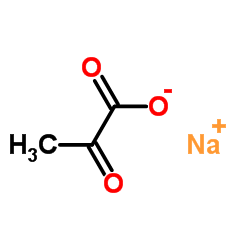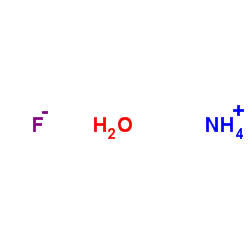| Structure | Name/CAS No. | Articles |
|---|---|---|
 |
Sodium hydroxide
CAS:1310-73-2 |
|
 |
Sodium 2-oxopropanoate
CAS:113-24-6 |
|
 |
6-Aminofluorescein
CAS:51649-83-3 |
|
 |
Ammonium fluoride
CAS:12125-01-8 |
|
 |
3-Ethyl-2,4-pentanedione
CAS:1540-34-7 |
|
 |
HEPES
CAS:7365-45-9 |
|
 |
L-Glutamine
CAS:56-85-9 |
|
 |
Octadec-1-ene
CAS:112-88-9 |
|
 |
oleic acid
CAS:112-80-1 |